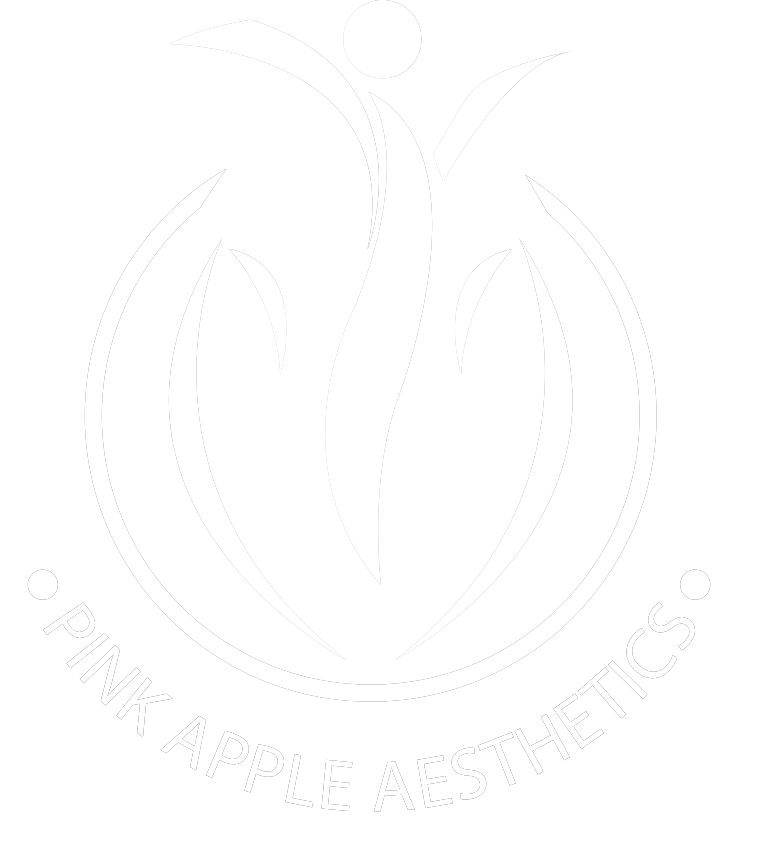Breast augmentation is also referred to as augmentation mammoplasty. It is a surgery intended to increase the breast size. During the surgery, breast implants are placed under the breast tissue or chest muscles.
For some women, breast augmentation makes them feel confident. For others, it is a part of breast reconstruction for various conditions.
A qualified plastic surgeon is the ideal person to consult if you are toying with the idea of breast augmentation. Make sure you get a clear-cut idea as to what the surgery involves, including possible risks, complications and follow-up care.

Why breast augmentation?
Breast augmentation is done to:
- Enhance your appearance if you think your breasts are too small or that one is smaller than the other
- Adjust for a reduction in the size of your breasts after pregnancy
- Correct uneven breasts after breast surgery for other conditions
- Improve your self-confidence
It is important to have a realistic goal regarding breast augmentation and for that you should have a frank discussion with your plastic surgeon as to what a breast augmentation can do for you.
Risks
Just like any other surgery, breast augmentation poses various risks, including: • Scar tissue that distorts the shape of the breast implant (capsular contracture) • Breast pain
- Infection
- Changes in nipple and breast sensation
• Implant leakage or rupture.
Preparing for breast augmentation
You will consult with your plastic surgeon about your preferences for size, feel and appearance of your breasts. On hearing your requirements, the surgeon will describe specific types of implants — smooth or textured, round or shaped like a teardrop, saline or silicone — as well as options for surgical techniques.
It is the duty of the patient to carefully read the written information, such as information provided by the manufacturer of the implant that you are getting and keep copies for further reference. Before taking a plunge into the surgery, consider the following points.
Breast implants won’t prevent your breasts from sagging:
To correct sagging breasts, you might need a breast lift in addition to breast augmentation.
No lifetime guarantees on breast implants:
The average life span of an implant is 10 years. There is possibility of an implant rupture. Also, your breasts will continue to age. If you put on or shed weight, it may reflect on the way your breasts look.
Mammograms might be more complicated:
If you have breast implants, in addition to routine mammograms, you will require additional, specialized views.
Breast implants and breast-feeding:
Some women are able to successfully breast-feed after breast augmentation. For others, however, breast-feeding is a challenge.
Insurance does not cover breast implants:
Unless it is medically necessary (after a mastectomy) breast augmentation is not covered by insurance. Be prepared to handle the expenses, including related surgeries or future imaging tests.
You might need additional surgery after breast implant removal:
If you decide to have your implants removed, you might need a breast lift or other corrective surgery to help restore your breasts’ appearance.
Before surgery, you are required to have a baseline mammogram. Your surgeon might tweak your medication list before the surgery. For instance, it is important to avoid aspirin or other medications that can increase bleeding. Make arrangements for someone to drive you home after the surgery and to be with you for at least the first night.
Breast augmentation is generally done in a surgical centre as a normal day case procedure. Sometimes, breast augmentation is done under local anesthesia where you are awake and your breast area is numbed. But most of the breast augmentation is done under general anesthesia, in which you are asleep during the surgery.
During the procedure
In order to insert the implant, your surgeon will make a single cut (incision) in one of three areas: • In the crease under your breast (inframammary)
- Under your arm (axillary).
- Around your nipple (periareolar)
After making an incision, the surgeon will separate your breast tissue from the muscles and connective tissue of your chest. This creates a pocket either behind or in front of the outermost muscle of the chest wall (pectoral muscle). The surgeon will insert the implant into this pocket and center it behind your nipple.
Saline implants are inserted empty and then filled with sterile salt water once they are in place. Silicone implants are pre-filled with silicone gel.
When the implant is in place, the surgeon will close the incision — typically with stitches (sutures) — and bandage it with skin adhesive and surgical tape.
Breast augmentation with fat grafting
Fat transfer for breast enhancement provides a very natural feel compared to silicone, saline, or gummy bear implants. Furthermore, using your own fat to enhance your breast eliminates most of the potential complications that accompany breast implants. Fat transfer for breast enhancement is generally appropriate for women who want to enhance their appearance in quite a subtle way and do not want to add very significant volume to their breasts.
After the procedure
After the surgery, soreness and swelling are likely to be there for a couple of weeks. Bruising can also be present. Scars will fade over time, but not disappear completely. During the recuperative phase, it might help to wear a compression bandage or sports bra for extra support and positioning of the breast implants. Your surgeon might prescribe painkillers as well. With regard to returning to regular activities, you must follow your surgeon’s instructions. You should not do anything that could raise your pulse or blood pressure for at least two weeks. It should be kept in mind that until fully healed your breasts will be sensitive to physical contact or jarring movements.
If your surgeon used sutures that don’t absorb on their own or placed drainage tubes near your breasts, you require follow-up appointment for removal. If you feel warmth and redness in your breast area or you run a fever, you should contact your surgeon.
For Enquiries and Online Appointments
For more detailed information about Breast Augmentation, please send us a message today.

